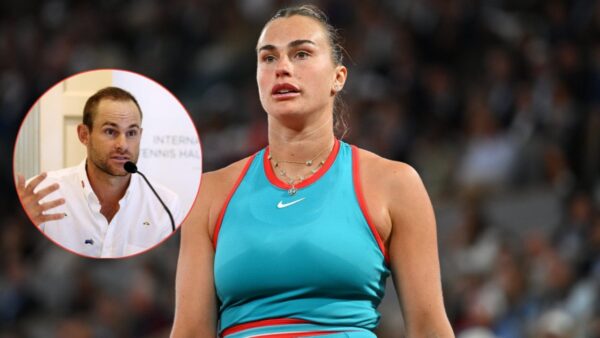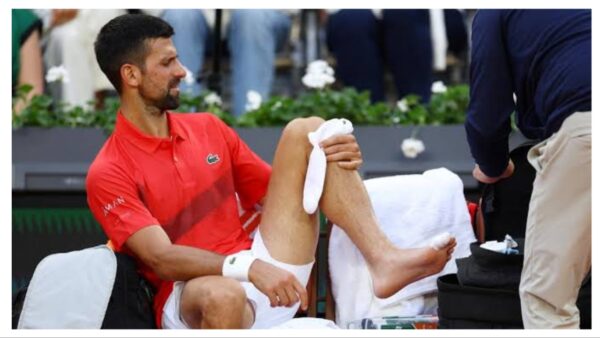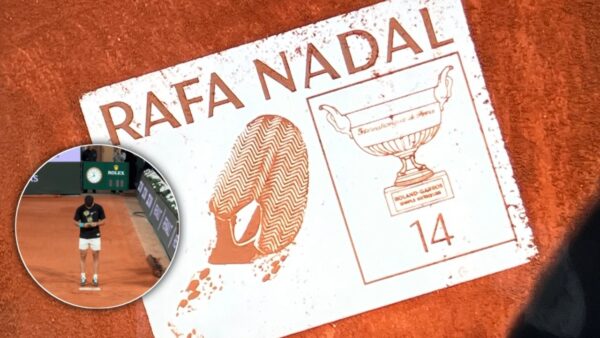Toto Wolff sternly warns F1 against rectifying overtaking issues by implementing drastic changes in 2023
Toto Wolff talks about the overtaking problems the drivers face while racing.
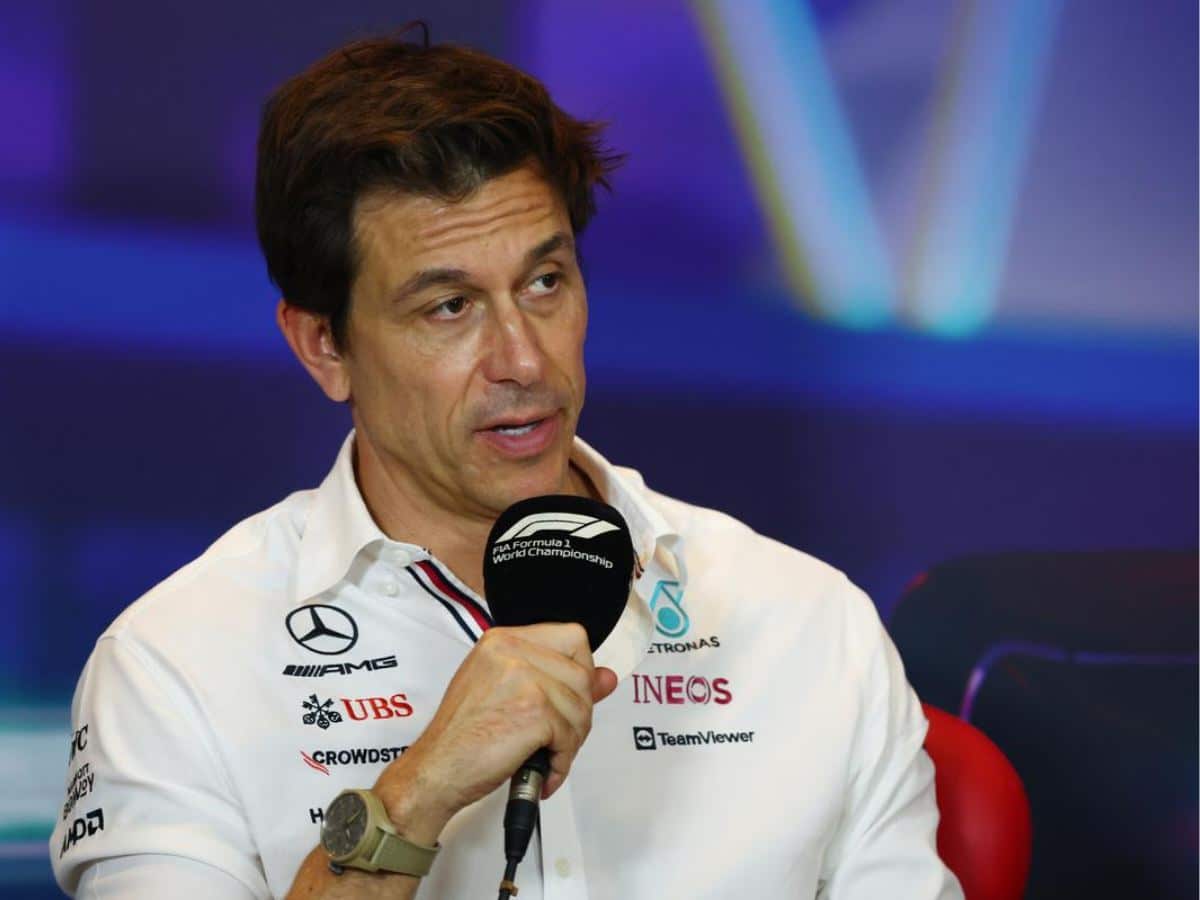
Toto Wolff ( Credits: The Guardian)
Over the last couple of weeks, talk around the F1 paddock has been centered around overtaking issues experienced by drivers on track. Several drivers have complained about the difficulty in overtaking. This is a consequence of the FIA shortening DRS zones on race weekends. It has resulted in them having to rely on their car’s pure straight-line speed to get past their rivals.Toto Wolff has his opinions on this subject.
With the majority calling for changes, Mercedes team boss Toto Wolff is against that idea. Speaking to the media on possible further changes, he said, “In this sport, we tend to be manic depressive, from exuberance to depression. When things are going well, then it’s great, then we have a race that’s not so great and obviously then we talk about it.”
Wolff added, “Many things have been taken out of context though, to create headlines. And I think we just need to see whether we have a pattern that continues: whether overtaking is more difficult or not? Are the 20 cars in a second? Is that the right thing to do to have or not? And are we creating too much downforce through the floor?” He raised important questions.
According to Toto Wolff, if the previous approach hasn’t yielded the desired results, the driver or team will need to reassess their performance. They will have to establish a new baseline over the upcoming races. This will involve analyzing their performance and identifying areas that can be improved. By doing so, they can determine a new starting point and work towards making the necessary adjustments to enhance their performance.
Related: Valtteri Bottas looks to rescue bankrupt Formula 1-MotoGP track in Finland
Shortening of DRS zones since Baku has led to wide disapproval
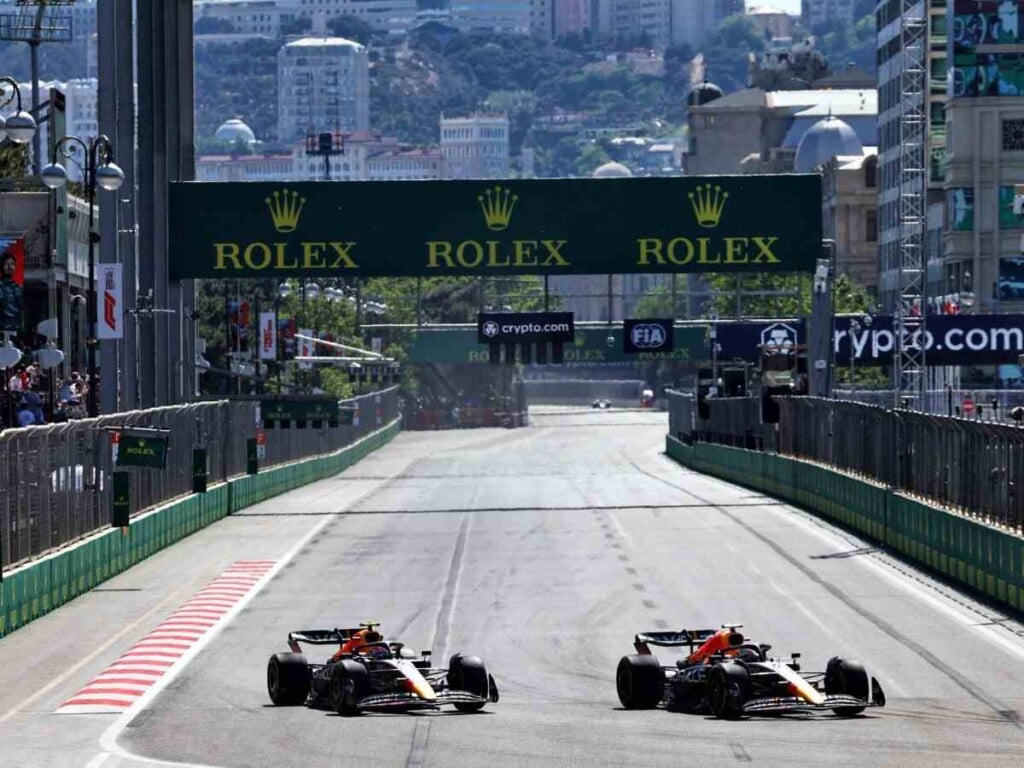
In the 2023 season, modifications have been made to the DRS (Drag Reduction System) zones in races after the Australian Grand Prix. The purpose of these adjustments is to improve overtaking opportunities. It aims to create a more balanced racing experience.
These modifications have involved reducing the length of the DRS zones on specific circuits. The goal is to find the right balance that allows drivers to make strategic overtakes while maintaining the competitiveness of the races.
In the Miami Grand Prix, the first two out of three DRS zones were shortened. The adjustments were aimed to optimize overtaking opportunities and increase the intensity of racing. By shortening the DRS zones, race organizers sought to create strategic areas where drivers could utilize the DRS advantage. They wanted more overtakes to generate exciting on-track battles.
The modifications made to the DRS zones at Miami was not linked to the DRS reduction seen in Azerbaijan. The adjustments are being implemented individually for each circuit. There are several factors that are taken into account like the track layout, straightaways, and potential overtaking opportunities.
The DRS zones are tailored specifically to suit the characteristics of each track. In the case of the Azerbaijan GP, a decision was made to independently shorten the DRS zone on the main straight by 100 meters. This decision was unique to that particular race and not part of a broader trend in DRS modifications.
There is an ongoing effort to optimize the racing spectacle and provide an exciting experience for both drivers and fans. Hence, we have been subjected to a severe lack of overtaking as a consequence. The FIA are clearly still experimenting with this, and may switch things up in the future.
In case you missed it:
- Charles Leclerc and Fernando Alonso set to square off against tennis legend Novak Djokovic in charity football match at Monaco
- Charles Leclerc’s driver coach reveals the reason for the Monegaque driver’s streak of crashes in 2023

